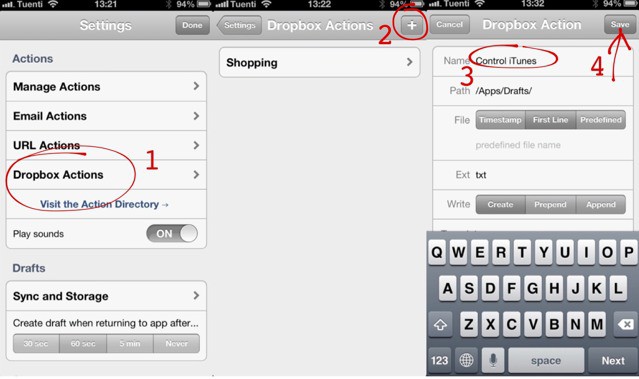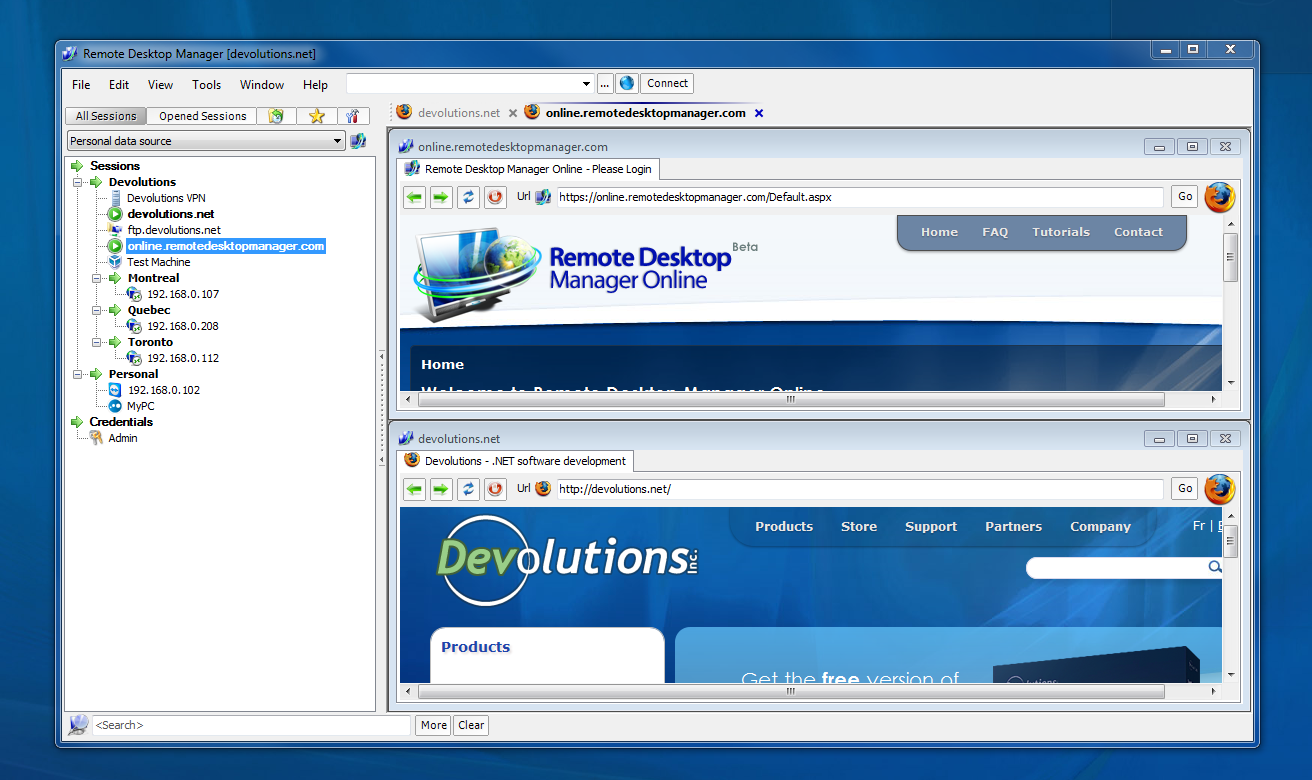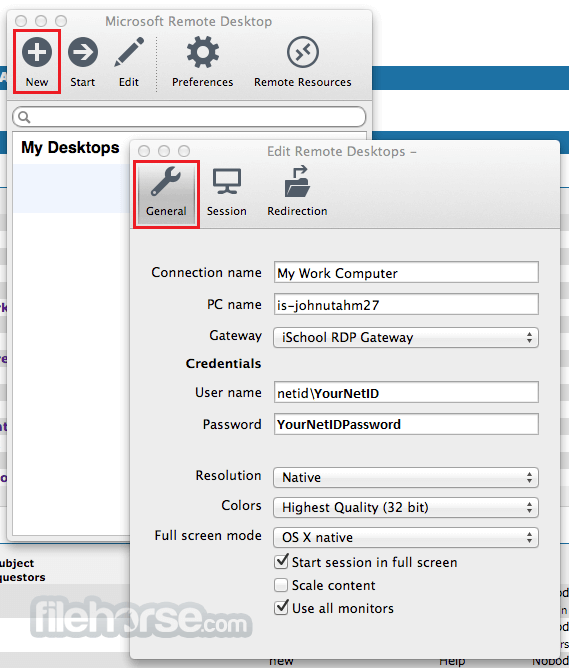

Second, after wiping the internal disk and reinstalling os and resetting NVRAM and PRAM, how is this still here?Īnd third, how to I get passed this, I can't move forward. This is where it gets weird.Īfter erasing the internal drive and doing a os reinstall from the recovery screen I got this after the post install reboot.Ĭlicking Learn more about remote managementįirst, what is this, some kind of remote management left over from previous enterprise owner PWC? Manage computer lists Manage computers remotely You can manage computers remotely, send files, and update settings. The last test was to do another recovery and reset everything to factory. Control or observe a computer Create lists of computers Create different lists of computers so they can be managed effectively. I upgraded to Mojave then Catalina, loaded a bunch of testing/diagnostics tools and checked out the laptop. This time I was able to do a network recovery and finally got El Capitain installed. After some googling I reset both the NVRM and PRAM. When prompted, sign in with your work or school account. Read through the remote management explanation to help you understand how your device is managed. I got an error triangle/exclam symbol and a code telling me it could not find and OS to recover from. Remote management enables your organization's administrator to remotely configure your device with company-required accounts, settings, apps, and networks. I wanted a clean system so I booted to recovery and erased the internal drive and started a reinstall of the os. Similar to how crooks target companies with RDP systems exposed online, they can do the same for Mac systems with ARD.Īdmins of macOS fleets should probably secure ARD endpoints to prevent these types of attacks first, and DDoS nuisance second.I recently bought a used MBP Mid-2015 from a local shop with Mojave already installed.


In the past, hackers have brute-forced RDP endpoints to gain access to corporate networks, from where they stole proprietary information, or have installed ransomware. The Apple Remote Desktop feature is the direct equivalent of Microsoft's Remote Desktop Protocol (RDP). These systems should not be available online, and if they need to be, then access should be restricted using Virtual Private Networks or IP whitelists. These systems should not be reachable via the internetĪccording to an analysis of the BinaryEdge search results, the vast majority of these systems are on university and enterprise networks, where system administrators use the Apple Remote Desktop feature to manage large fleets of macOS systems, at a time. This means that macOS systems across the globe are now being used as bouncing points for DDoS attacks.


 0 kommentar(er)
0 kommentar(er)
